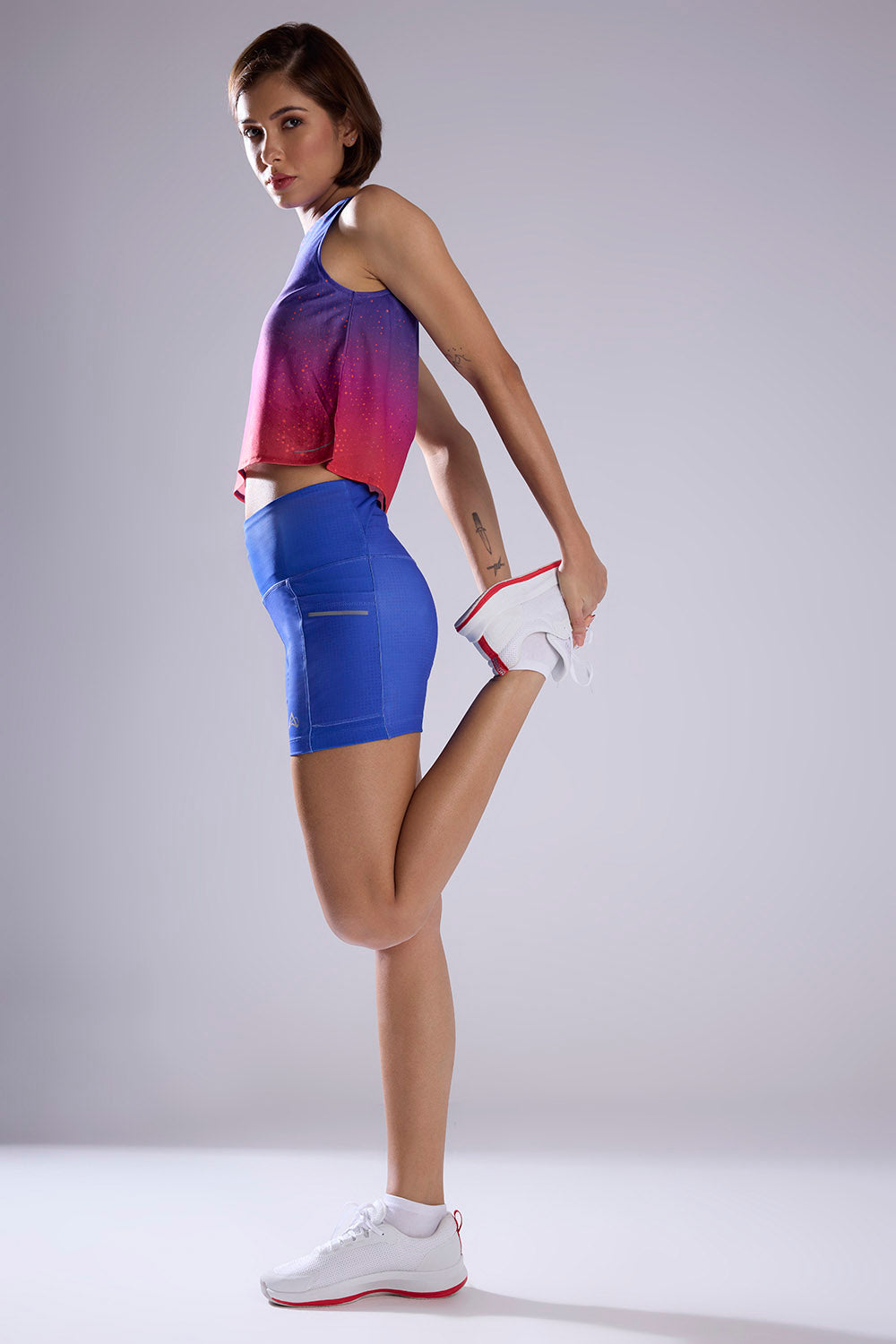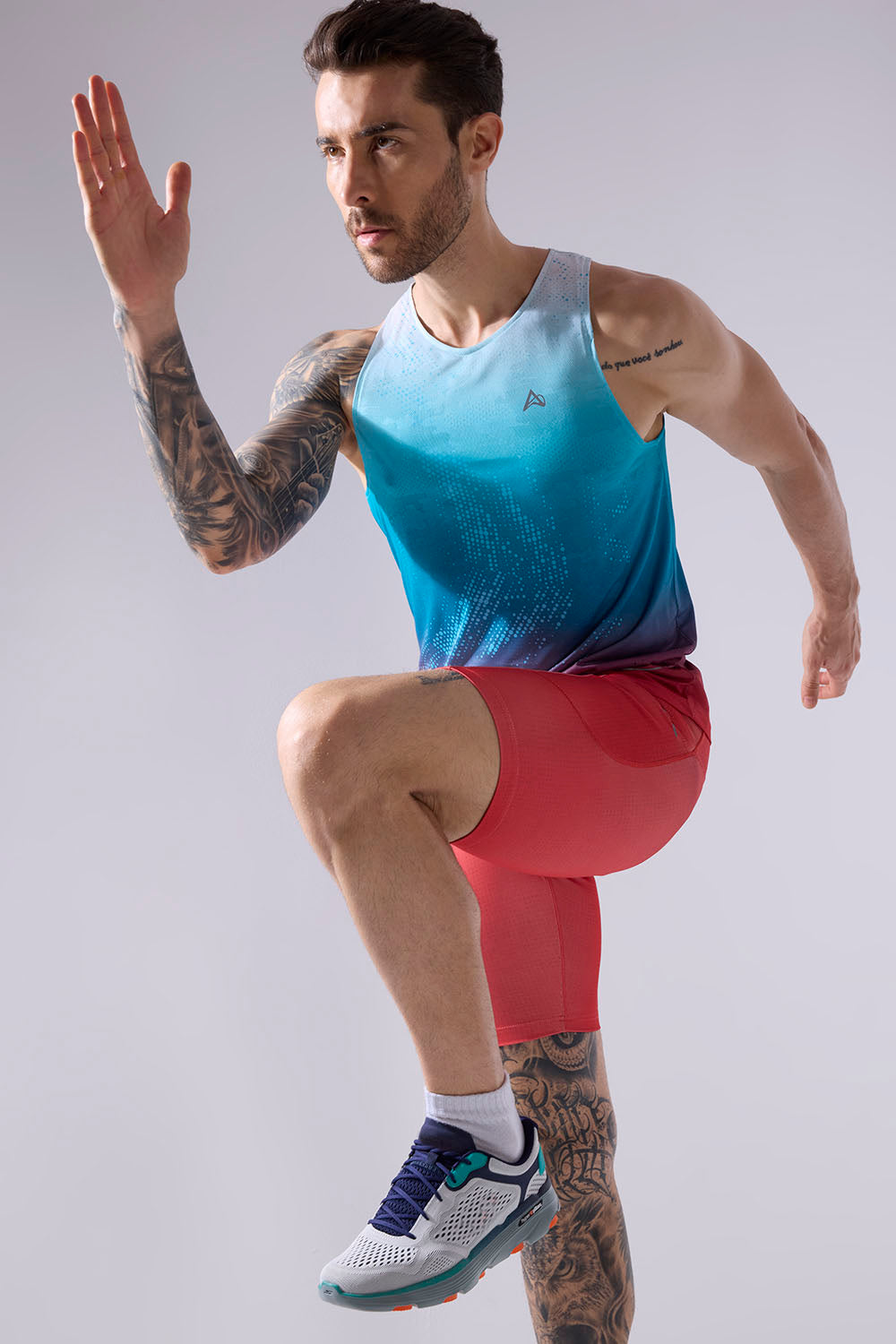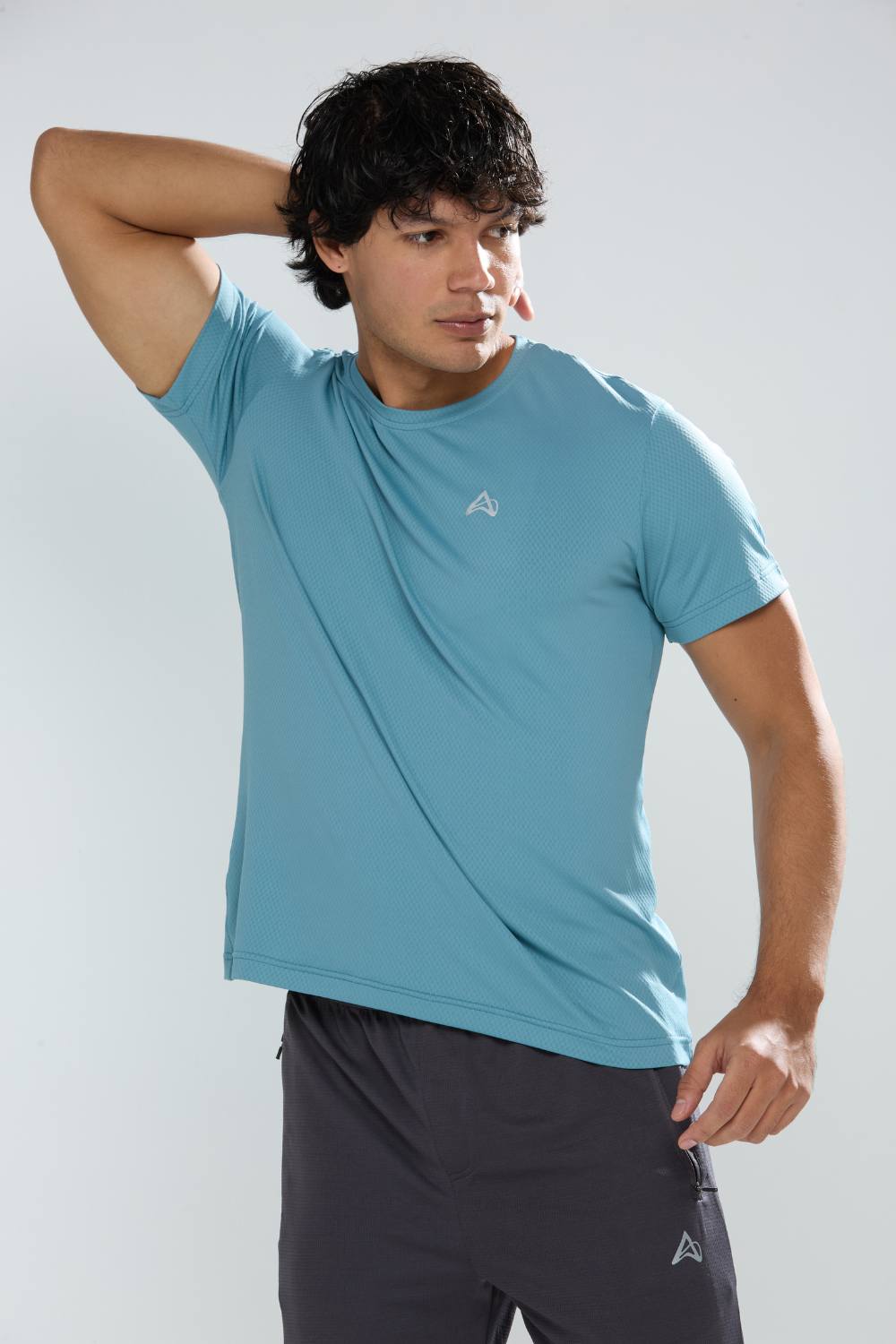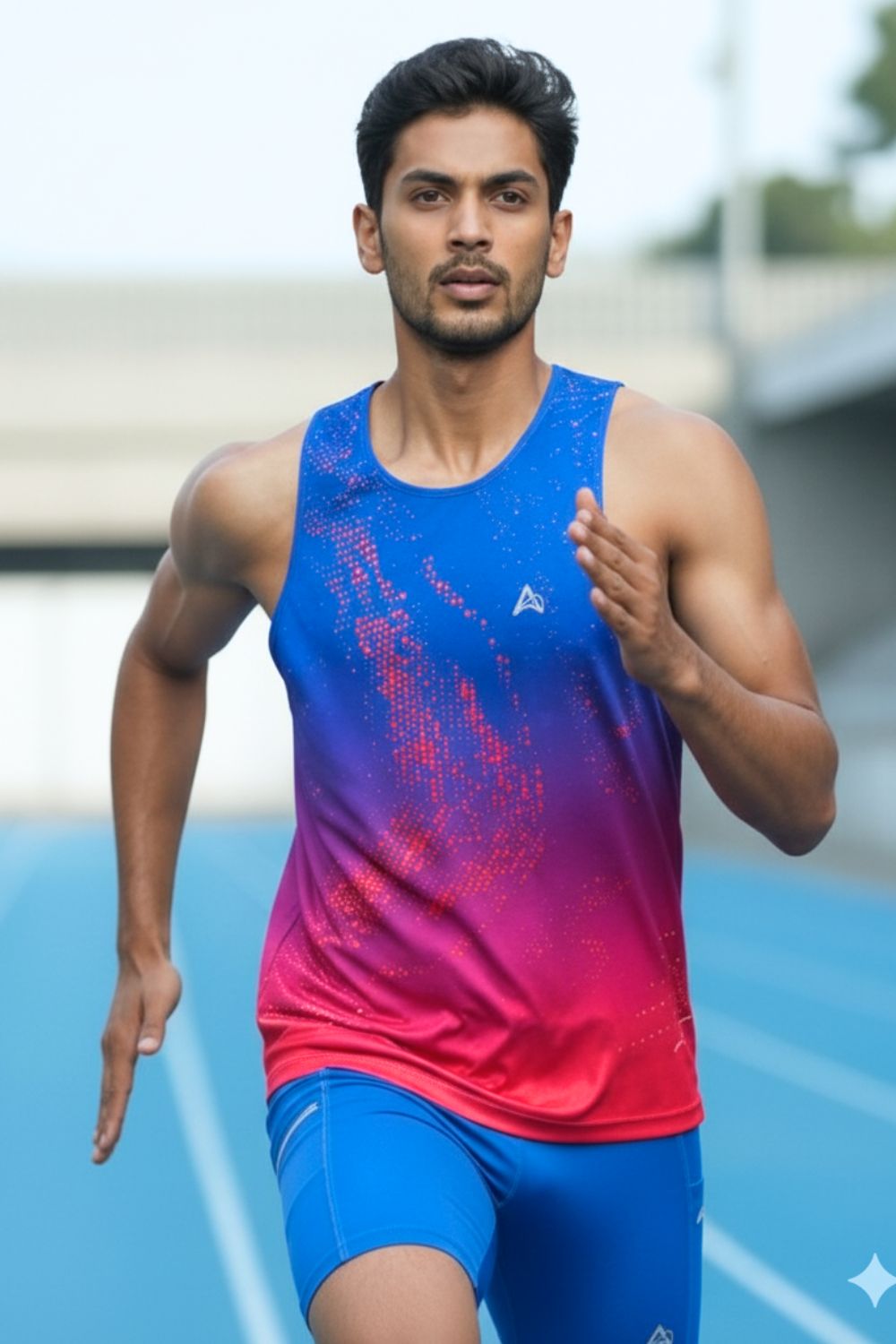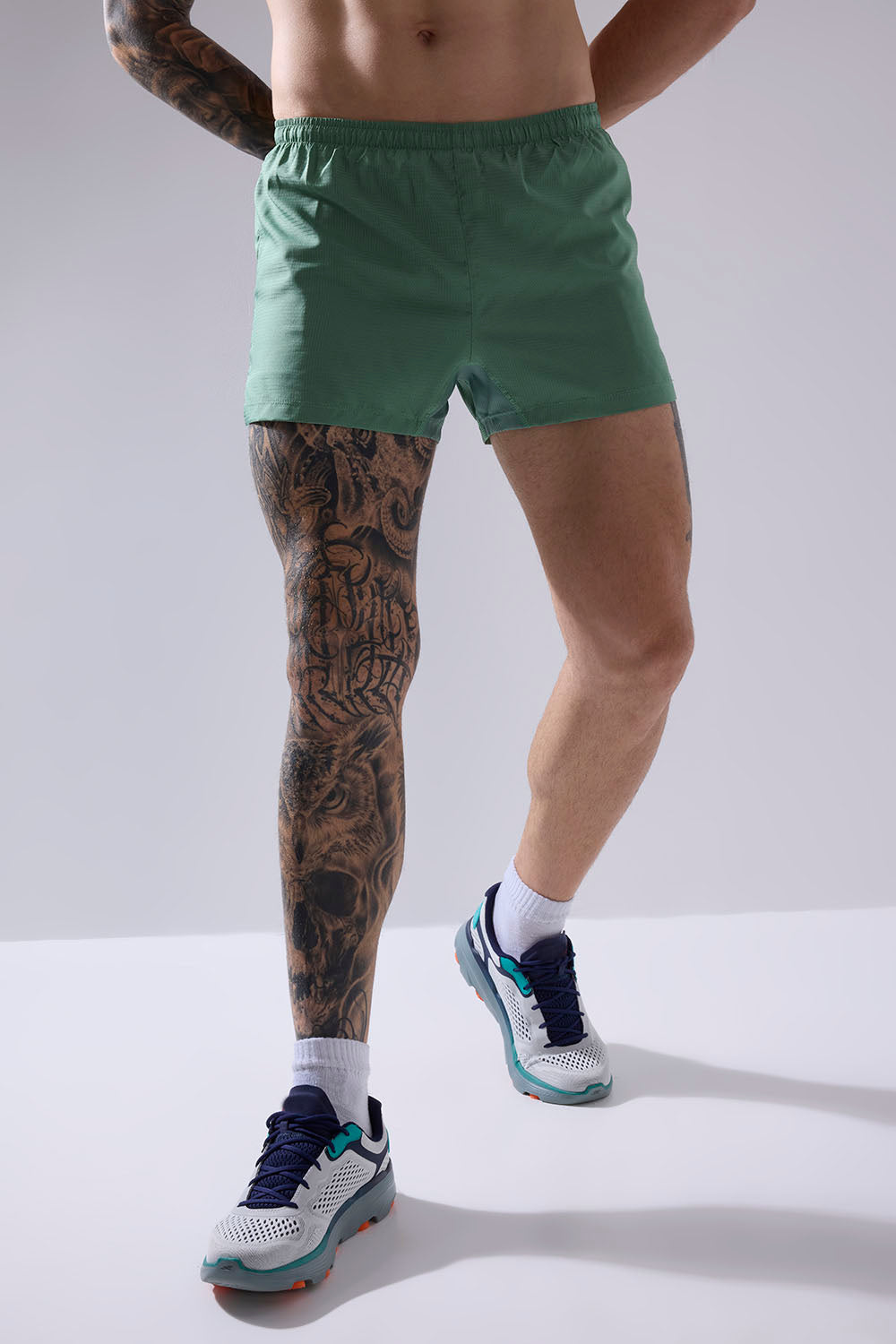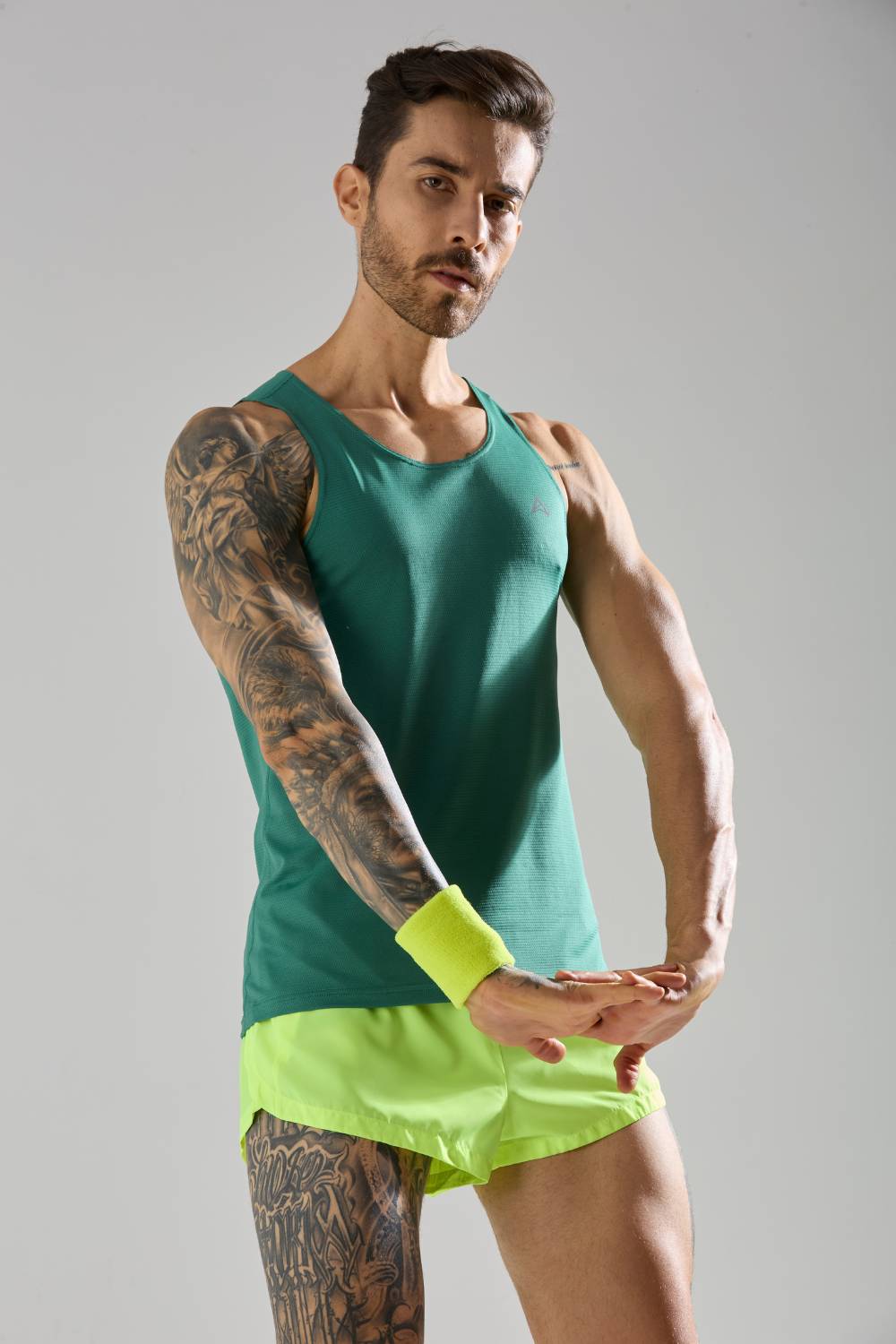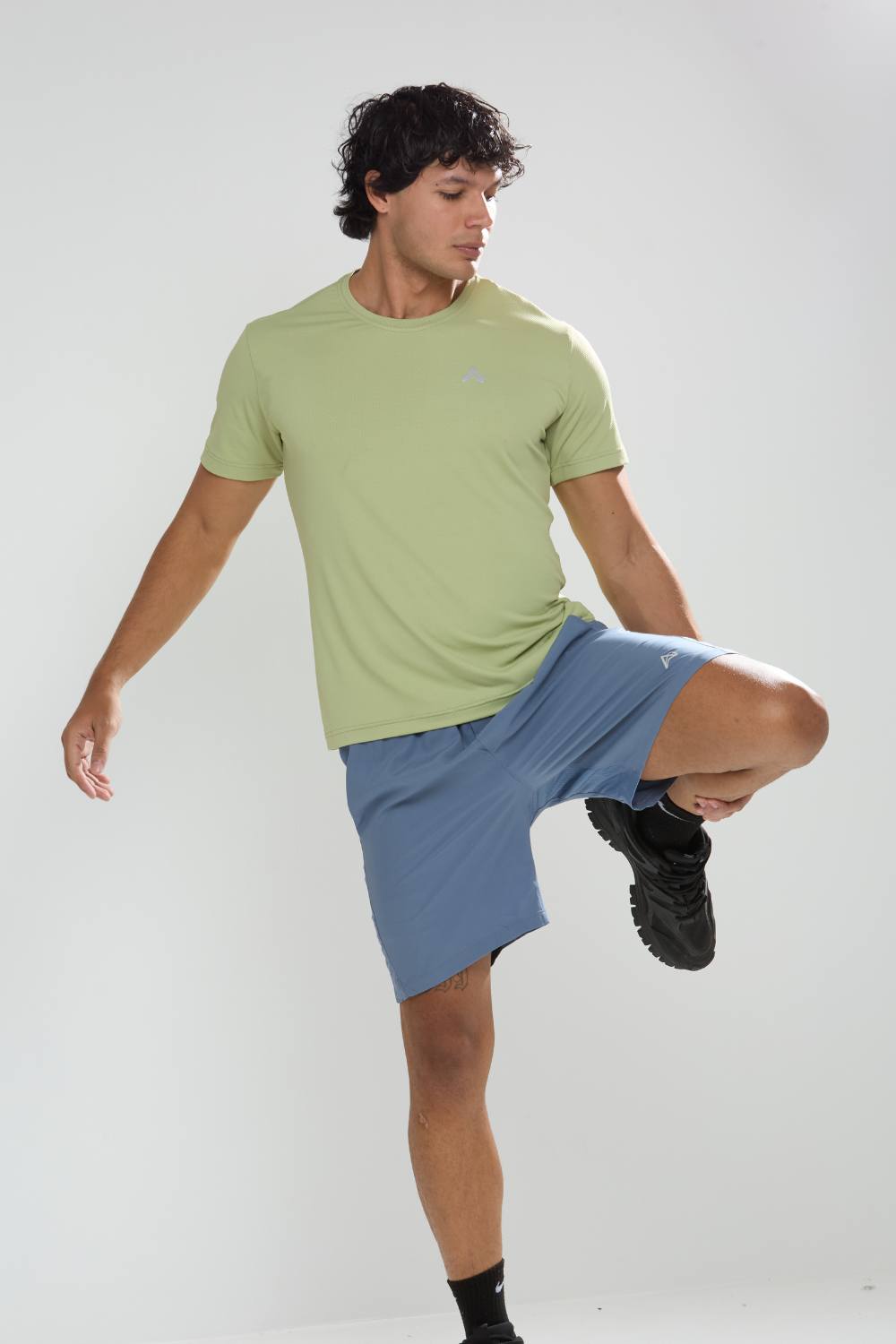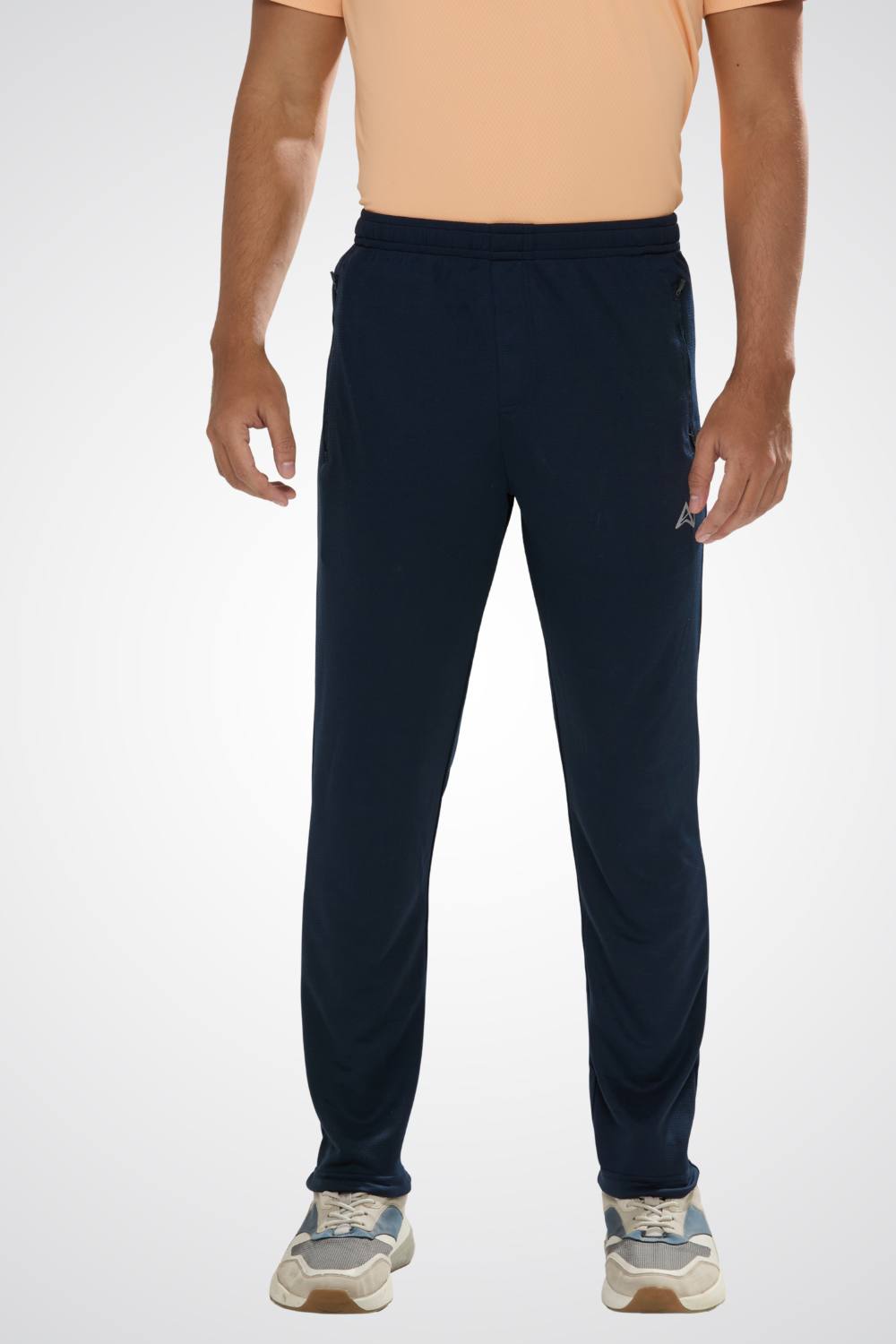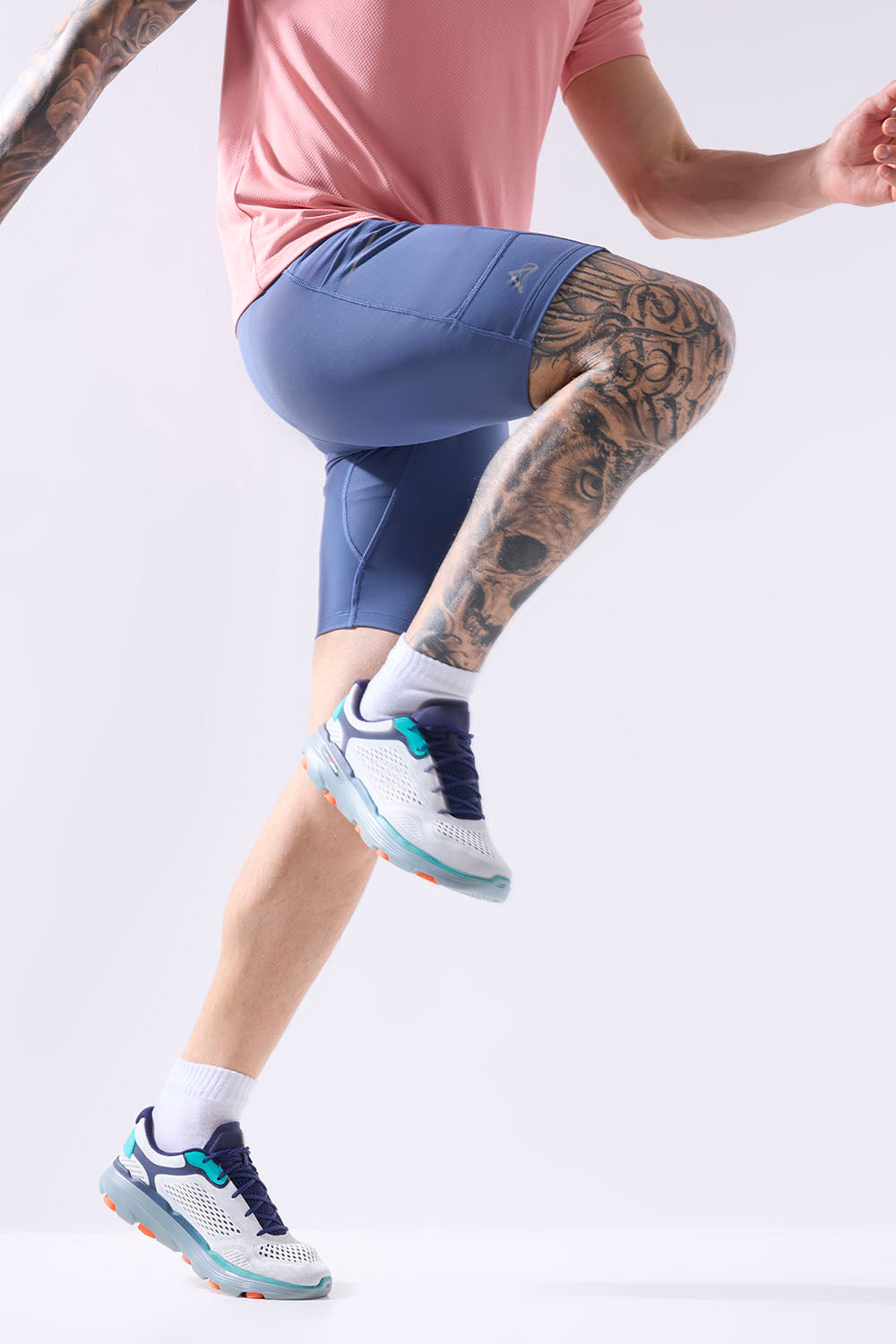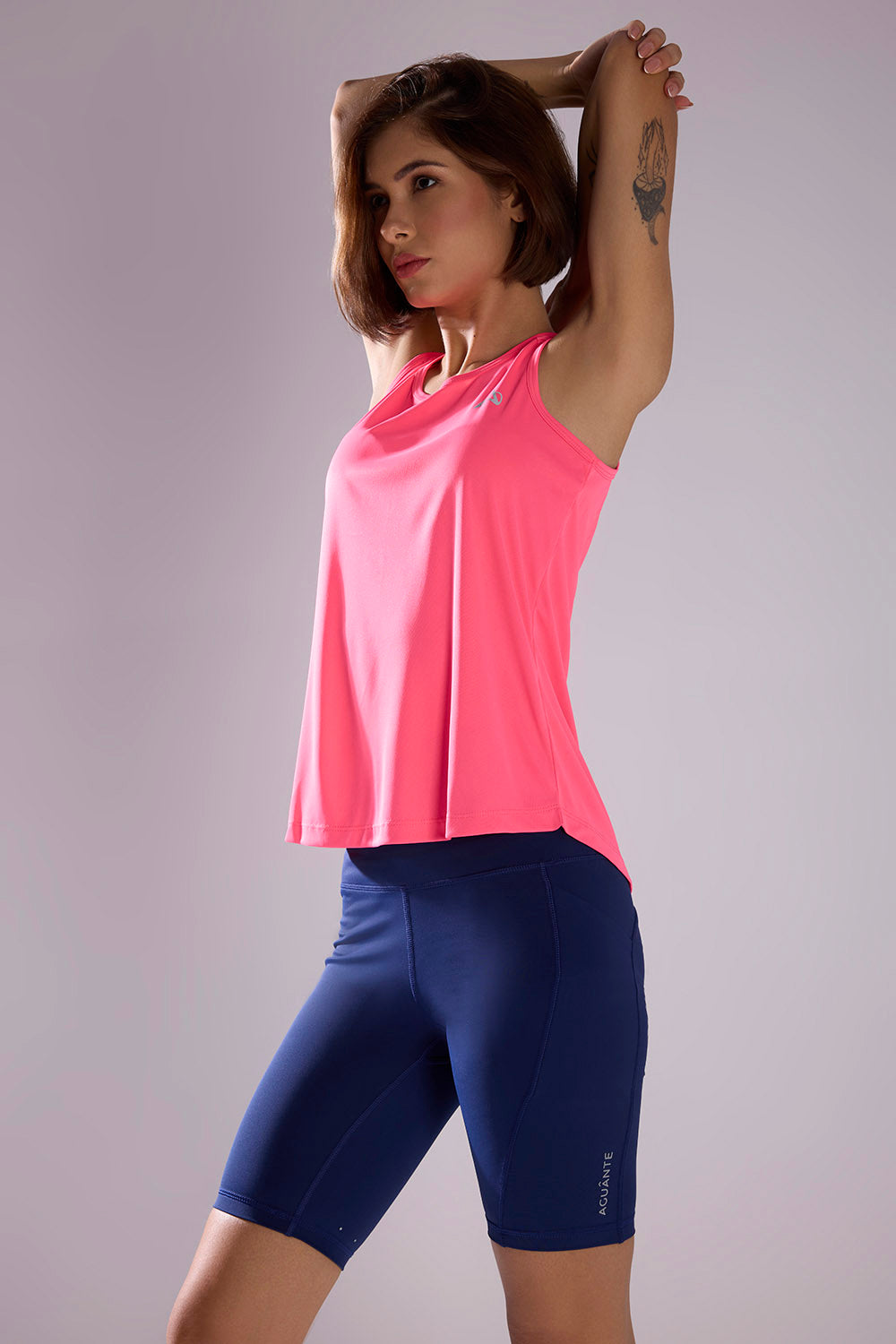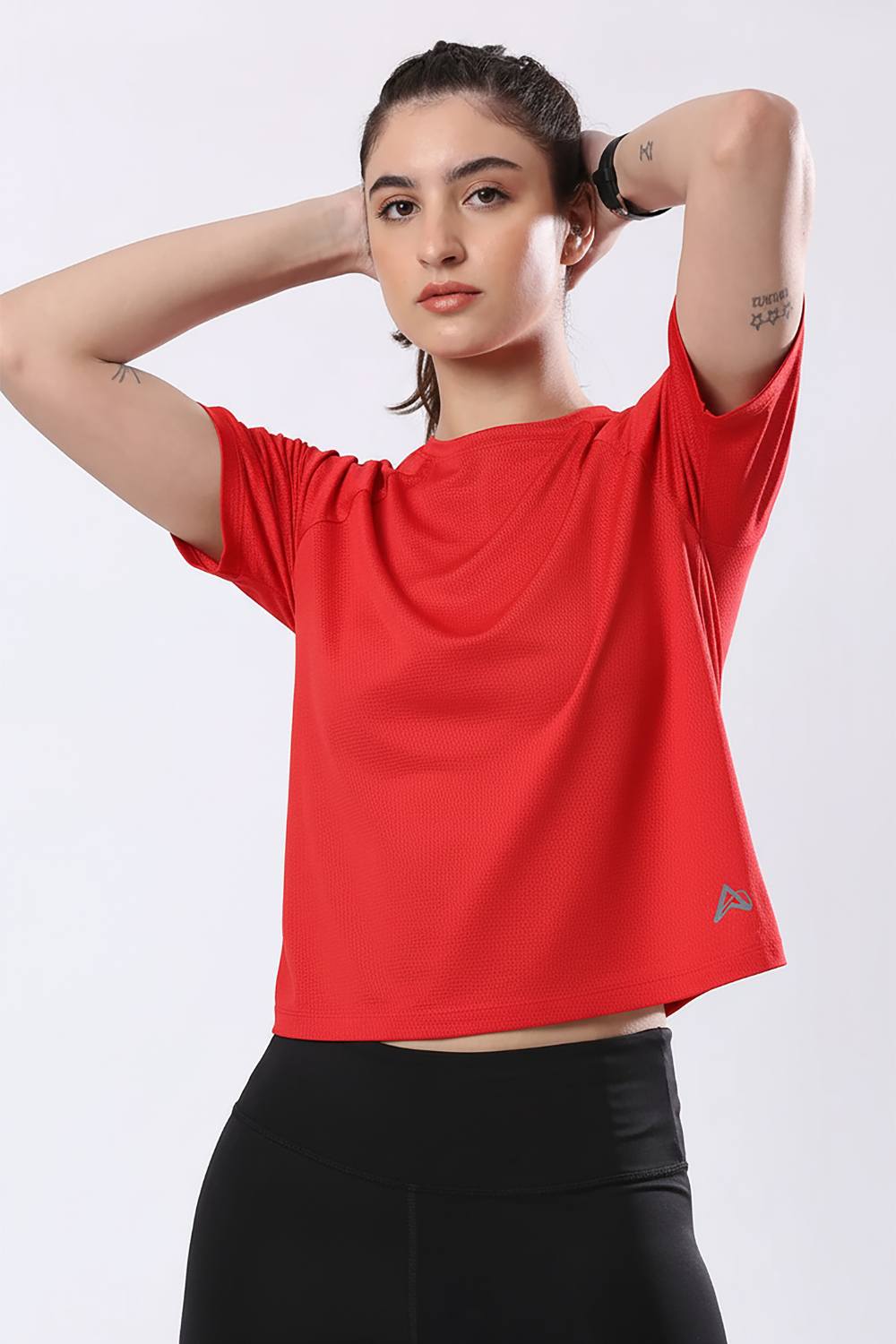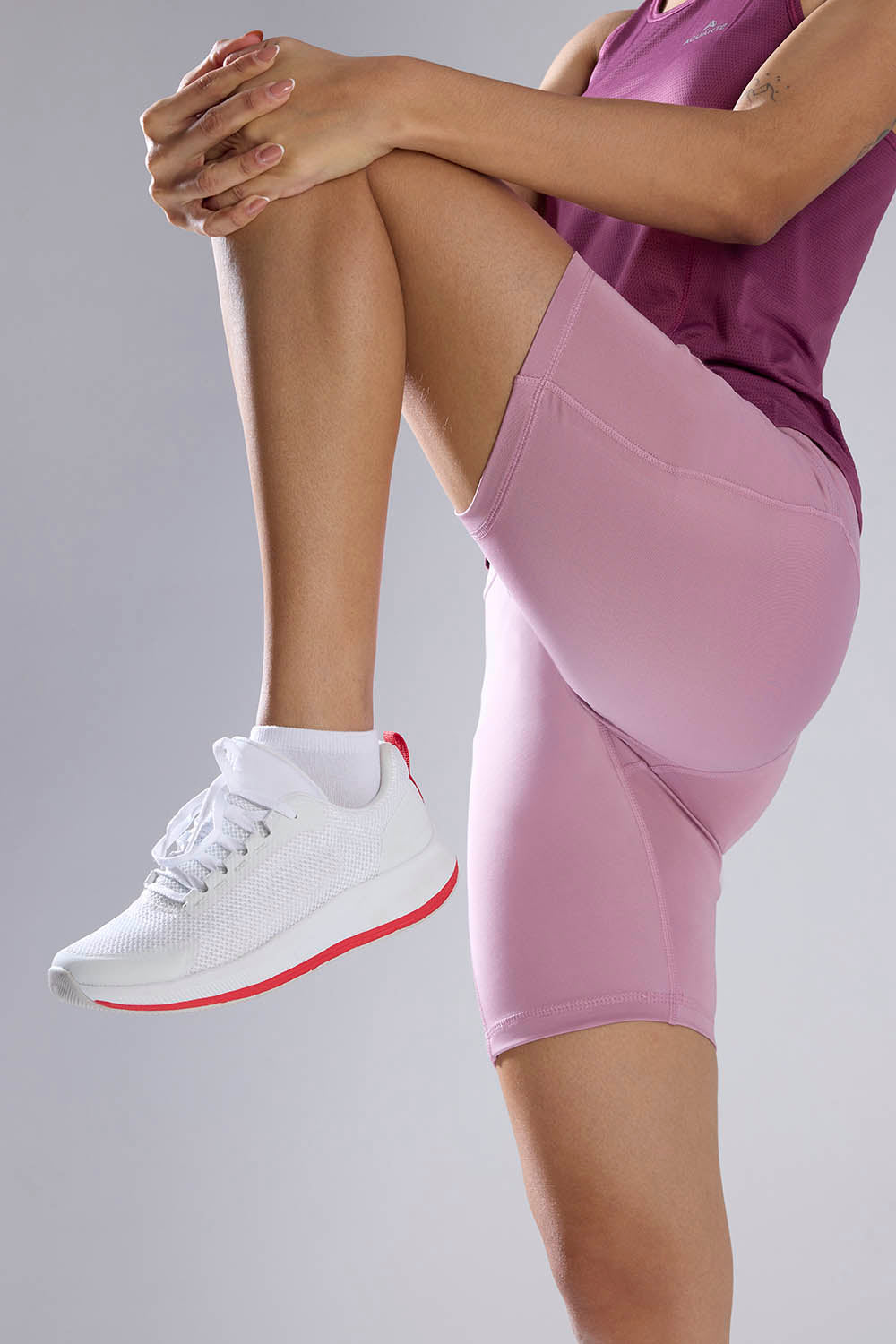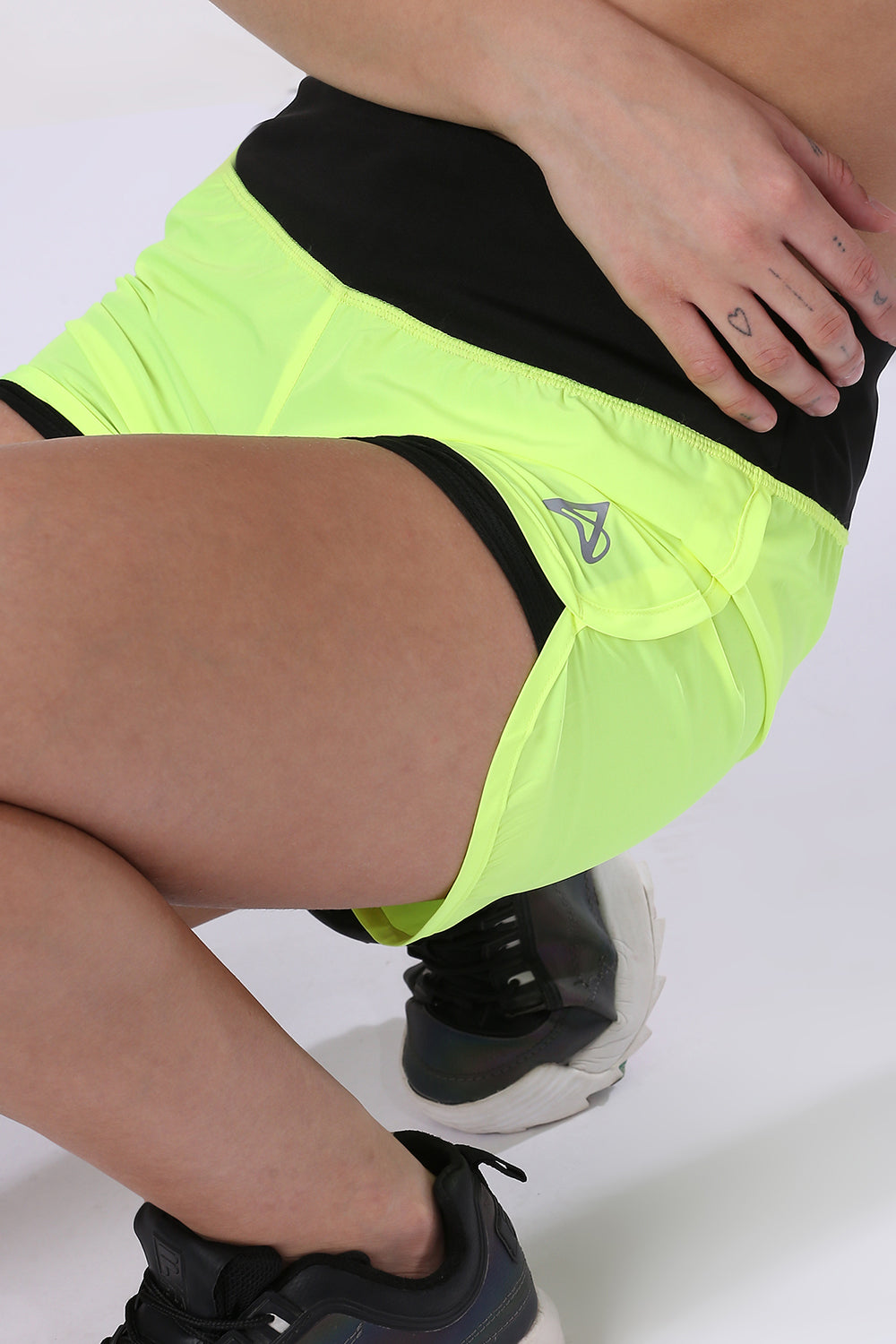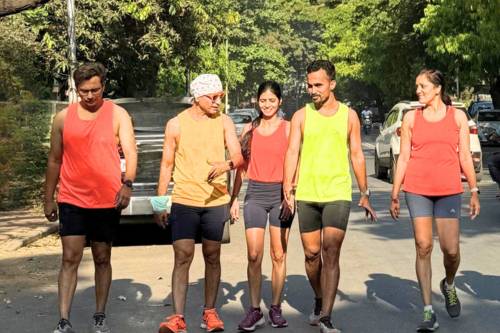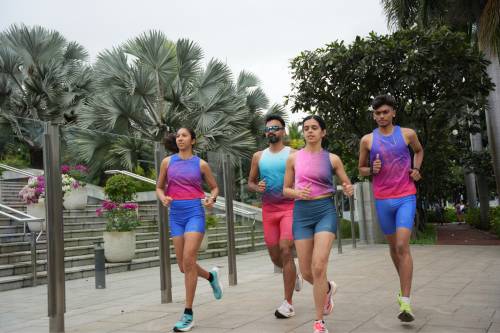Quick Listen:
The predawn haze in Mumbai feels thick, almost tangible, wrapping around early risers like an unwelcome embrace. At 5 a.m., groups of determined runners pound the pavements, their breaths syncing with the distant rumble of awakening traffic. For India's burgeoning marathon community, endurance training transcends mere physical stamina it's a relentless skirmish with soaring temperatures and oppressive humidity. As running evolves from a fringe pursuit to a mainstream passion across the nation, these climatic adversities compel both athletes and sportswear manufacturers to pioneer solutions that prioritize cooling, moisture management, and speed in unforgiving conditions.
Runners throughout India confront formidable endurance obstacles dictated by the climate, compelling brands to pioneer advanced high-performance clothing.
The marathon scene in India's major cities Mumbai, Delhi, Bengaluru, and Chennai has witnessed explosive growth, with multitudes donning running shoes annually amid sweltering heat often surpassing 30°C and humidity that transforms each step into a laborious trudge through viscous air. The India sports technology market, which attained a valuation of USD 442.4 million in 2024, is anticipated to escalate to USD 1,479.2 million by 2033, demonstrating a compound annual growth rate of 13.32 percent over the 2025-2033 timeframe. This expansion extends beyond footwear and fitness trackers; it stems from escalating needs for equipment resilient to India's harsh weather. Innovations ranging from sweat-evaporating materials to gadgets monitoring fluid levels are intensifying, equipping participants to endure environments that strain physiology and resolve alike.
This surge in market value reflects broader dynamics propelling the sector forward. Substantial funding directed toward sports facilities, heightened integration of analytical tools and body-worn sensors, the burgeoning appeal of electronic sports, the proliferation of interactive fan systems, breakthroughs in monitoring athletic output, and proactive policies from the government to foster athletic growth and expert coaching nationwide all contribute to this momentum. Regionally, the landscape segments into North India, West and Central India, South India, and East and Northeast India, each presenting distinct climatic and cultural influences on sports tech adoption. Component-wise, divisions include software solutions, wearable gadgets alongside athletic gear, and service offerings. Technologically, classifications encompass artificial intelligence and machine learning, Internet of Things applications, and augmented or virtual reality integrations. Sport-specific breakdowns cover soccer, baseball, basketball, ice hockey, American football or rugby, tennis, cricket, golf, esports, and additional categories, illustrating the market's comprehensive scope.
Tired of gear that slows you down? Chafing, soggy fabrics, and missing pockets kill your run's momentum. At Aguante, we're runners who get it. Our high-performance activewear features moisture-wicking fabrics, ergonomic designs, and smart storage to keep you focused. Shop Now!
A Climate Unlike Any Other
Marathon activities in India predominantly occur during the so-called winter months, yet this term belies the reality in many regions. Consider Mumbai's premier marathon held in January, where participants grapple with humidity approaching 70 percent even at dawn. In Chennai, vibrant running groups persist through perpetual heat resembling a perpetual sauna. The bodily strain is profound: elevated humidity impedes the evaporation of perspiration, disrupting the human body's inherent thermoregulation, which can precipitate fluid loss, thermal fatigue, or severe complications.
An investigation under the HEAT project, outlined in an International Journal of Biometeorology publication, delved into environmental influences on competitors in extensive endurance competitions. Executed amid the 2022 Comrades Marathon a grueling 90-kilometer ultra-event in South Africa this initiative aimed to map out fine-scale weather variations to better grasp localized climates at large-scale athletic gatherings. Emphasis was placed on assessing thermal strain, atmospheric contaminants, and allergy-inducing particles, yielding insights beneficial for event planners, authorities, and scholars in bolstering participant welfare amid evolving weather patterns marked by more frequent heat surges.
To achieve this, the project stationed seven portable meteorological units at intervals roughly 15 kilometers apart along the path, fitted with sonic wind gauges, temperature-humidity probes, precipitation collectors, and fine particulate detectors. A specialized spore collector at the midpoint captured airborne allergens like pollen and mold, operational from early morning for a ten-hour span. Calculations of wet-bulb globe temperature incorporated multiple factors to gauge heat exposure accurately. A post-event plant inventory identified sources of aerial irritants.
Findings revealed heat exposure categorized from negligible to mild risk, with the latter persisting into the afternoon, potentially affecting less swift runners for extended periods. Particulate matter concentrations fluctuated widely, with averages from 25 to 126 micrograms per cubic meter, and extreme spikes attributed to crowd-related fires and vehicular emissions. Aeroallergen counts totaled over 300 per cubic meter, predominantly fungal elements, which could exacerbate breathing issues in vulnerable individuals. These observations underscore topographic and urban effects on local weather, advocating for enhanced prediction, participant evaluation, and ongoing surveillance to counteract risks amplified by climatic shifts.
Such adversities extend beyond professional athletes to the swelling ranks of recreational enthusiasts propelling India's running renaissance. Professionals from offices to campuses are thronging races such as the Delhi Half Marathon and Bengaluru's international 10K. Yet, inadequate attire exacerbates woes ordinary cotton garments absorb perspiration, fostering irritation and unease. Cost-effective, climate-adapted premium clothing is still limited, compelling many to opt for expensive foreign imports.
Innovating for India's Runners
Sportswear companies are increasingly attuned to these prospects. International powerhouses such as Nike and Decathlon are introducing collections customized for India, incorporating breathable panels, sun-shielding cloths, and featherlight constructions. Domestic entrepreneurs are innovating with germ-resistant weaves and perspiration-patterned layouts to minimize friction. Priorities center on practicality: materials that expedite moisture dispersion, non-abrasive joins, and hues that repel solar intensity. Certain firms partner with research bodies to validate products across India's varied local weathers, spanning arid warmth in Delhi to humid shores in Kerala.
Beyond clothing, portable technology represents a pivotal advancement. Instruments gauging pulse, water balance, and core heat are becoming staples for dedicated joggers. Within the segmented India sports technology market, encompassing programs, body tech, and assistance, there's swift uptake of connected devices and intelligent algorithms. These tools enable instantaneous oversight of exertion, flagging perils like desiccation or hyperthermia promptly. For someone tackling a full marathon in Chennai amid 35°C spikes during milder seasons, this transcends utility it's essential protection.
Expanding on market applications, the sector addresses monitoring, strategic choices including squad oversight, data interpretation, tactical modeling, skill enhancement, contest evaluation, and health-risk assessments. End-users range from instructors and teams to competitions, federations, and beyond, broadening the technology's reach and utility in optimizing athletic endeavors under challenging conditions.
Real Runners, Real Struggles
Examine the Mumbai Marathon, among Asia's grandest spectacles. Competitors liken the moisture to an impenetrable barrier, draining vitality by the tenth marker. "It's not merely timing you're contesting," a seasoned participant remarked. "You're warring with the atmosphere." Regional collectives, such as Chennai's running enthusiasts, adjust by favoring predawn workouts and acquiring items like aerated headwear and chilling limb covers. Others improvise with indigenous adaptations airy traditional tunics refashioned for runs though these serve as interim fixes. The call for budget-friendly, weather-tuned athletic wear resonates strongly.
Manufacturers respond, yet obstacles endure. Sophisticated materials like waterproof breathables or rapid-dry synthetics frequently require overseas sourcing, inflating expenses. Logistical hurdles impede availability, particularly for nascent local enterprises vying in the arena. Economic caution among hobbyists poses another barrier; top-tier athletes may indulge in luxury items, but the bulk of India's running populace cannot. This disparity fuels advocacy for domestically engineered, economical high-end attire suited to regional demands and finances.
To deepen the narrative, consider how these struggles manifest in daily training. In humid coastal areas, runners often report shortened sessions due to rapid fatigue, while in northern dry zones, dust and heat combine to heighten respiratory strain. Community forums buzz with shared tips on hydration strategies and gear hacks, fostering a grassroots innovation culture that complements corporate efforts.
Opportunities on the Horizon
India's running surge presents lucrative avenues for forward-thinking enterprises. Business endorsements are proliferating, with entities like Tata and Airtel underwriting prominent contests, affording clothing producers prominent exposure. The ascent of electronic competitions, as highlighted in the IMARC analysis, signals a wider evolution in athletic ethos, where digitally inclined supporters and performers seek state-of-the-art equipment. Native ventures might capitalize by crafting equatorial outfits rivaling international standards envision grip-enhanced footwear for rainy seasons or textiles retaining dryness at 80 percent moisture levels.
Globally, parallels abound. India's weather echoes that of other equatorial zones, from Asian neighbors to African expanses. Breakthroughs here a ventilated, bacteria-fighting jersey, for instance hold export promise. Coupled with escalating fan interaction tools and output-monitoring software, the economic rationale solidifies: India's endurance ethos serves as a crucible for tomorrow's athletic attire.
Looking ahead, the integration of advanced technologies promises transformative shifts. AI could enable real-time data analysis for personalized training regimens, while IoT devices might sync with apparel for adaptive cooling. Government-backed initiatives could subsidize local manufacturing, democratizing access to premium gear and bolstering the sector's growth trajectory.
Inclusivity: The True Fit for the Future
As daylight illuminates Bengaluru's verdant Cubbon Park, a cluster of perspiring yet jubilant runners concludes their circuit. They're pursuing more than records; they're integral to a transformative wave in India's wellness domain. The thermal and moist challenges persist, unyielding and harsh, matched only by the resourcefulness of competitors and their supporting industries. Specialists foresee an era of intelligent textiles that dynamically regulate warmth, alongside accessible, homegrown solutions equalizing opportunities. Presently, each advancement underscores tenacity and urges creators to match stride. The competition endures, with India's endurance athletes leading the charge.
Frequently Asked Questions
What makes marathon running in India more challenging than other countries?
Indian marathoners face extreme heat often exceeding 30°C and humidity levels approaching 70% even at dawn, particularly in cities like Mumbai, Delhi, and Chennai. This combination impedes natural sweat evaporation, disrupting the body's thermoregulation and leading to rapid fatigue, dehydration, and thermal stress. Unlike temperate climates, India's "winter" marathon season still presents sauna-like conditions that test both recreational and professional runners.
How is the Indian sports technology market responding to climate challenges for runners?
The India sports technology market, valued at USD 442.4 million in 2024 and projected to reach USD 1,479.2 million by 2033, is driving innovation in climate-adapted gear. Companies like Nike and Decathlon are introducing breathable fabrics, moisture-wicking materials, and lightweight constructions specifically for Indian conditions. Additionally, wearable technology for monitoring pulse, hydration levels, and core temperature is becoming essential safety equipment for runners in extreme heat.
What gear innovations help Indian runners cope with high humidity and heat?
Modern running gear for Indian conditions includes moisture-dispersing fabrics, antimicrobial treatments, and UV-protective materials designed to handle 80% humidity levels. Innovations range from ventilated headwear and cooling arm sleeves to intelligent textiles that dynamically regulate temperature. Portable technology like hydration monitors and heat sensors also provide real-time safety alerts, helping runners avoid dehydration and hyperthermia during extreme weather conditions.
Disclaimer: The above helpful resources content contains personal opinions and experiences. The information provided is for general knowledge and does not constitute professional advice.
You may also be interested in: Why Indian Marathoners Prefer Lightweight Running Gear
Tired of gear that slows you down? Chafing, soggy fabrics, and missing pockets kill your run's momentum. At Aguante, we're runners who get it. Our high-performance activewear features moisture-wicking fabrics, ergonomic designs, and smart storage to keep you focused. Shop Now!
Powered by flareAI.co


